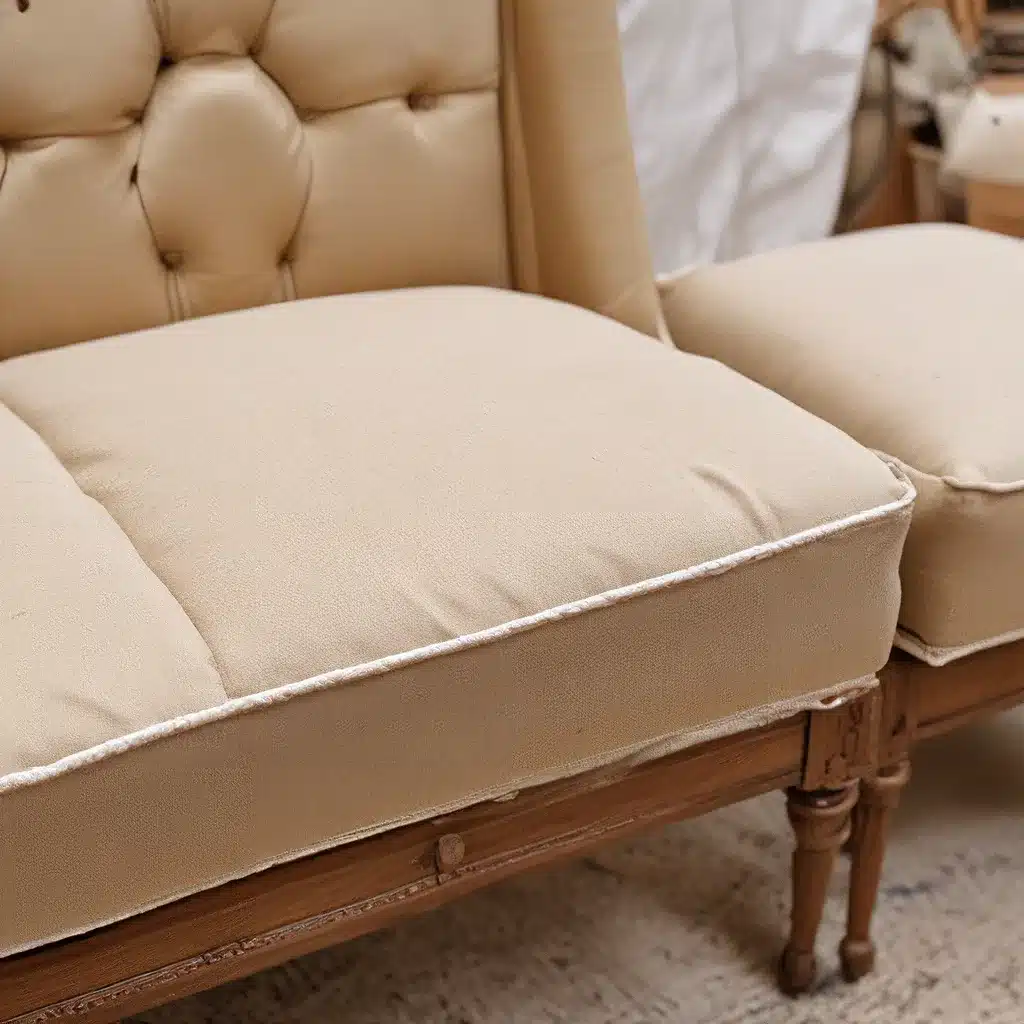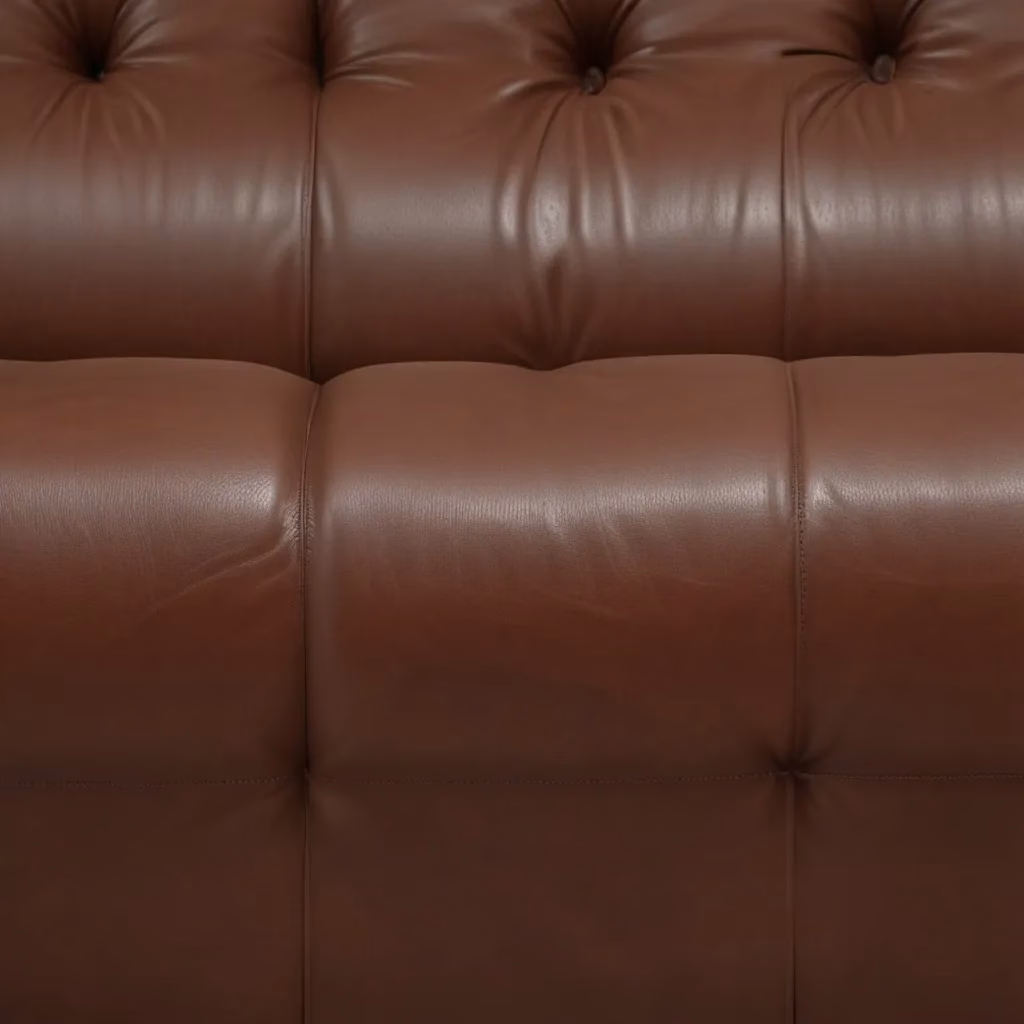
Ah, the age-old dilemma – to reupholster or not to reupholster? If you’re sitting on a chair, sofa, or any other piece of upholstered furniture that’s seen better days, this question has probably crossed your mind more than once. And let me tell you, I’ve been there – staring at my trusty old armchair, wondering if I should just toss it or give it a makeover.
Well, my friends, today I’m here to share my personal journey with DIY reupholstery. I’ll spill the beans on the good, the bad, and the downright ugly (trust me, there were a few “oops” moments along the way). But by the end of this article, I hope you’ll have a better understanding of whether this DIY project is right for you.
The Pros of DIY Reupholstery
Let’s start with the silver lining, shall we? There are quite a few reasons why tackling reupholstery yourself can be a game-changer.
Cost Savings: First and foremost, the financial benefits of DIY reupholstery are hard to ignore. Professional reupholstery services can be seriously pricey, often costing upwards of hundreds or even thousands of dollars, depending on the size and complexity of the project. By taking on the task yourself, you can save a significant chunk of change.
Customization: Another major pro is the ability to customize your furniture to perfectly suit your style and space. Hate the old floral pattern on your grandma’s hand-me-down sofa? No problem – with DIY reupholstery, you can transform it into a modern masterpiece that fits your design aesthetic.
Environmental Benefits: Let’s not forget the eco-friendly aspect of reupholstering. Rather than sending perfectly good furniture to the landfill, you’re giving it a second life, reducing waste and your carbon footprint. It’s a win-win for both your wallet and the planet.
Sense of Accomplishment: Finally, there’s the sheer satisfaction of completing a DIY project like this. Transforming a tired, outdated piece into something fresh and new can be incredibly rewarding. Plus, you’ll have the bragging rights to show off your handiwork to all your friends and family.
The Cons of DIY Reupholstery
Of course, as with any DIY endeavor, there are a few potential downsides to consider before diving in headfirst.
Time and Effort: Reupholstering a piece of furniture is no small feat. It can be a labor-intensive and time-consuming process, especially if you’re a beginner. Expect to invest several hours, if not days, into completing a single project.
Skill Level: Speaking of being a beginner, skill level is another crucial factor to consider. Reupholstery requires a certain level of sewing, cutting, and upholstery know-how. If you’re not particularly crafty, the learning curve can be steep, and the results may not turn out as polished as you’d hoped.
Specialized Equipment: Reupholstering also requires some specialized tools and equipment, like a staple gun, upholstery needles, and various other supplies. Acquiring all of these items can add to the overall cost of the project, potentially eating into your savings.
Potential Mistakes: Let’s face it – even the most seasoned DIYers can make mistakes when it comes to reupholstery. A slip of the scissors, a crooked seam, or a misaligned pattern can turn a once-promising project into a disastrous mess. And trust me, trying to fix those mistakes can be a real headache.
Fabric Limitations: Depending on the fabric you choose, your reupholstery project may not turn out as well as you’d hoped. Certain fabrics, like velvet or thick, textured materials, can be more challenging to work with and may not achieve the desired look or feel.
What to Consider Before Diving In
Now that you’ve weighed the pros and cons, it’s time to figure out if DIY reupholstery is the right choice for you. Here are a few key factors to consider:
Furniture Condition: Take a good, hard look at the piece you want to reupholster. Is it structurally sound, or is it on the verge of falling apart? If the frame is damaged or wobbly, it might be better to start with a new piece altogether.
Fabric Type: As mentioned earlier, some fabrics are easier to work with than others. If you’re a beginner, it’s best to stick with smooth, low-pile fabrics like cotton or polyester blends. Avoid anything too textured or delicate.
Time and Patience: Reupholstering is a time-consuming process, so make sure you have the patience and commitment to see it through. This isn’t a quick weekend project – it could take you several days or even weeks to complete, depending on your skill level.
Design Vision: Have a clear idea of the look you’re going for. Collect inspiration from magazines, Pinterest, or even the Sofa Spectacular website to ensure your finished product aligns with your design goals.
Budget: Don’t forget to factor in the cost of fabric, tools, and any unexpected expenses that may crop up along the way. Be realistic about what you can afford to invest in the project.
Putting It All Together
So, there you have it – the pros, cons, and considerations of DIY reupholstery. It’s a project that requires a fair amount of time, effort, and skill, but the potential rewards can be truly remarkable.
If you’re feeling confident, creative, and committed, then I say go for it! Dive in, get your hands dirty, and transform that tired old piece of furniture into something truly spectacular. And hey, even if it doesn’t turn out perfect, the journey will be worth it.
Just remember to take it step by step, learn from your mistakes, and don’t be afraid to ask for help along the way. With a little patience and perseverance, you might just surprise yourself with the stunning results.
Happy reupholstering, my friends! And if you ever need a little inspiration or support, you know where to find me. Sofa Spectacular is always here to lend a hand (or a staple gun).



